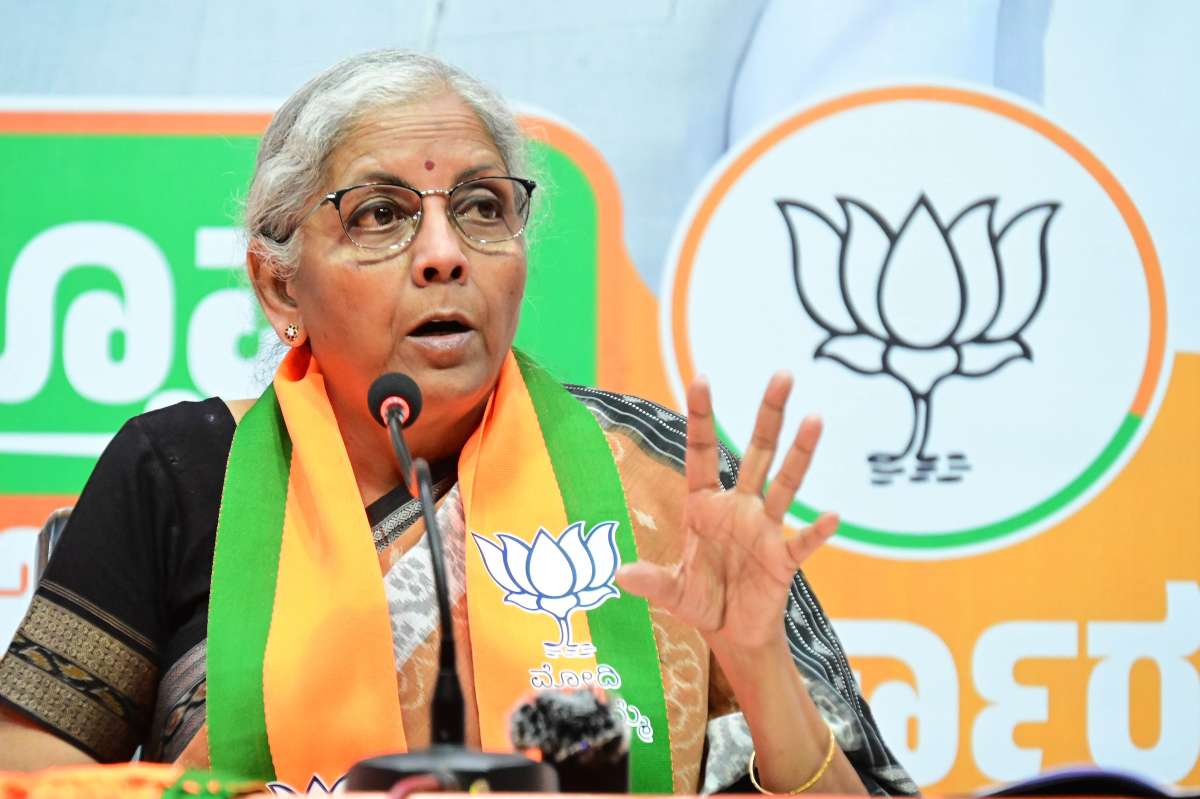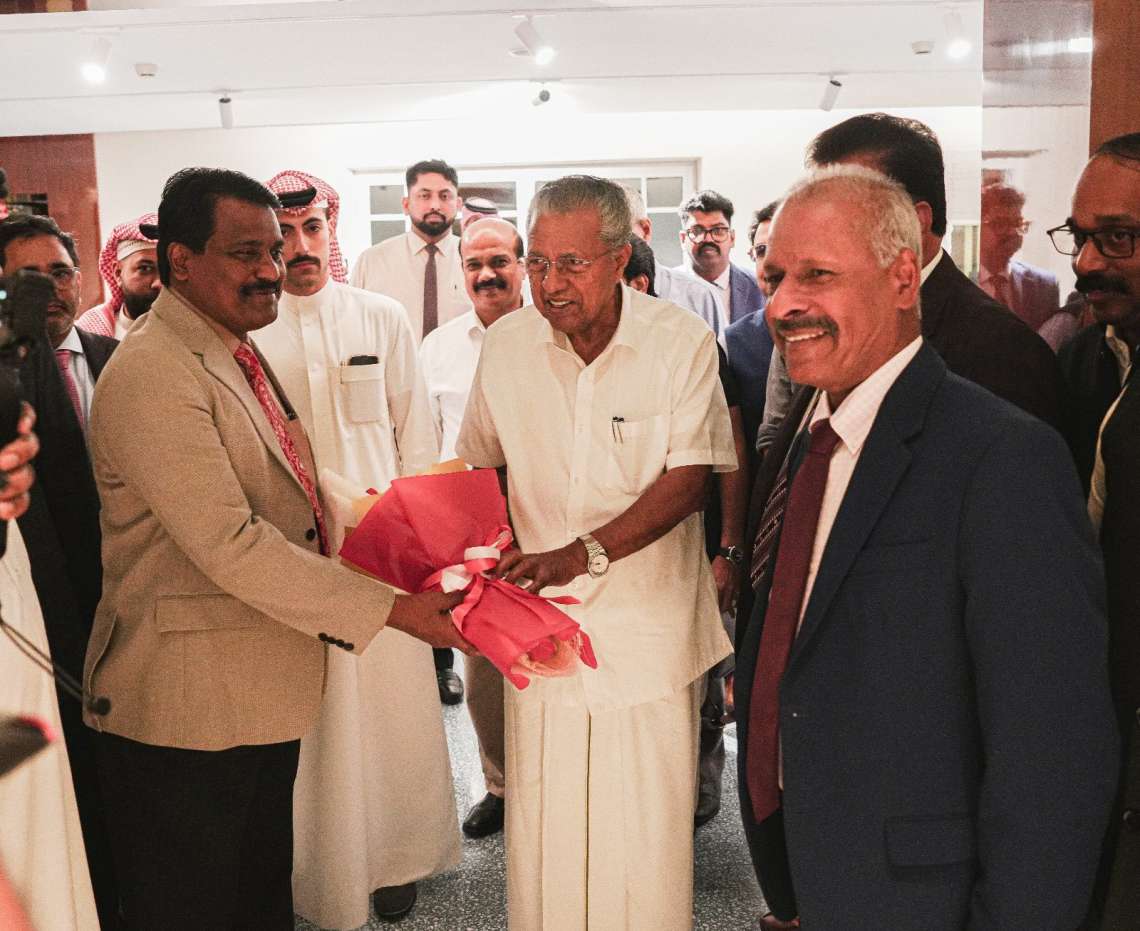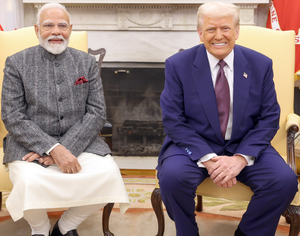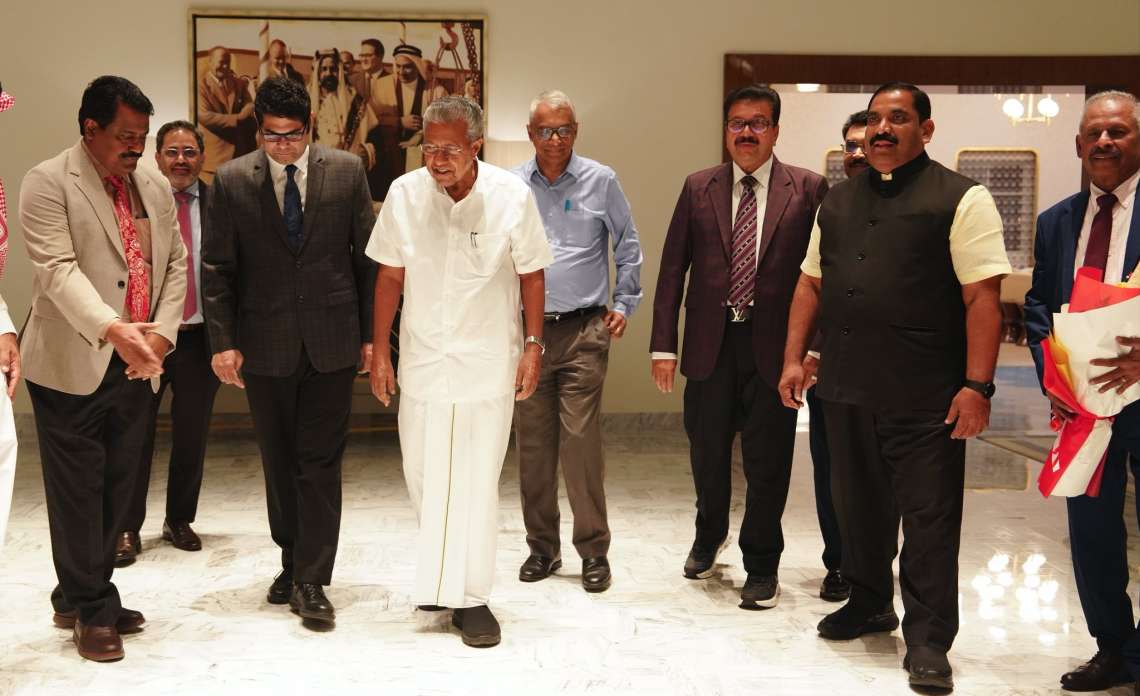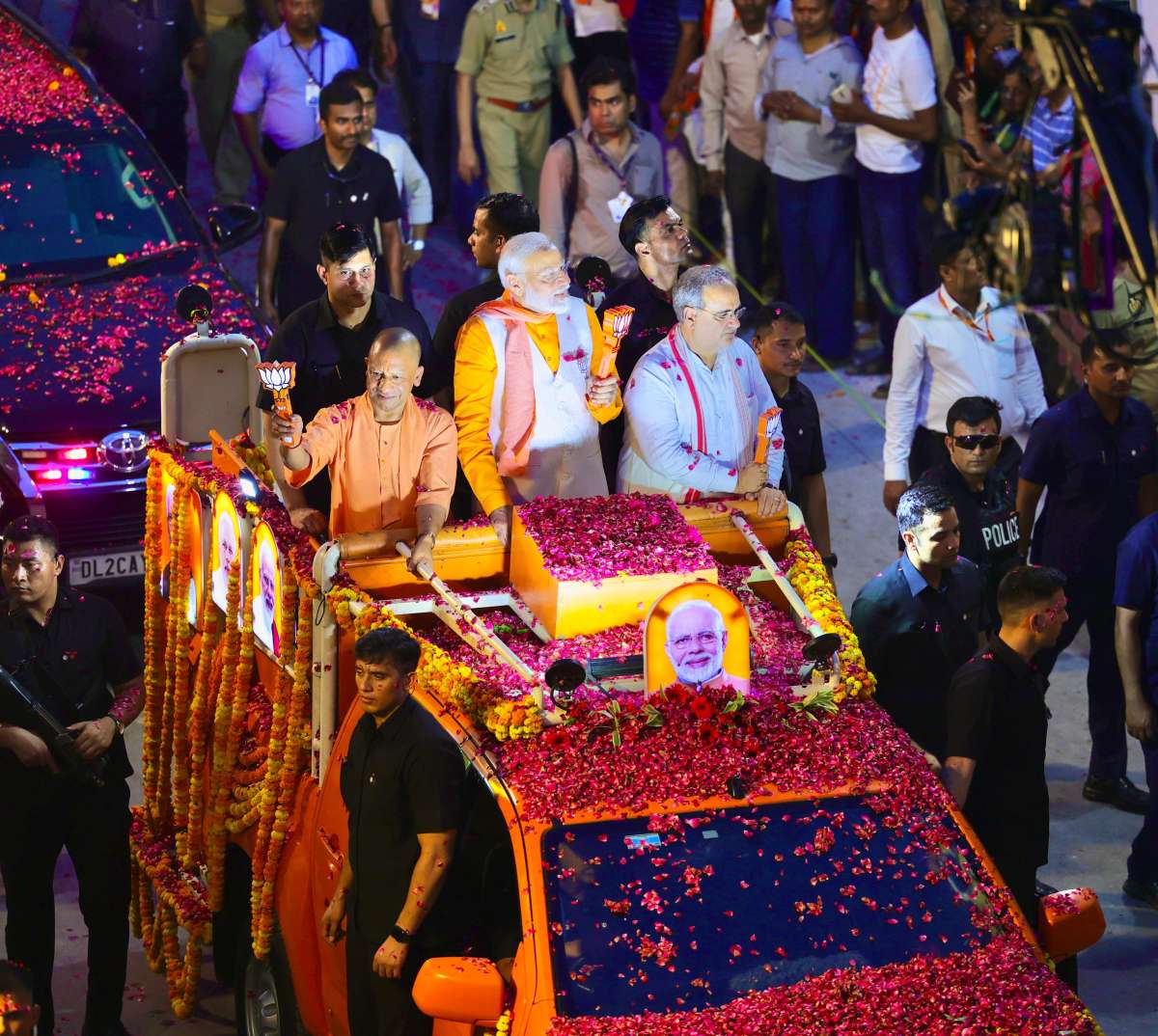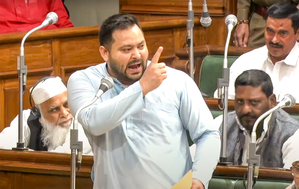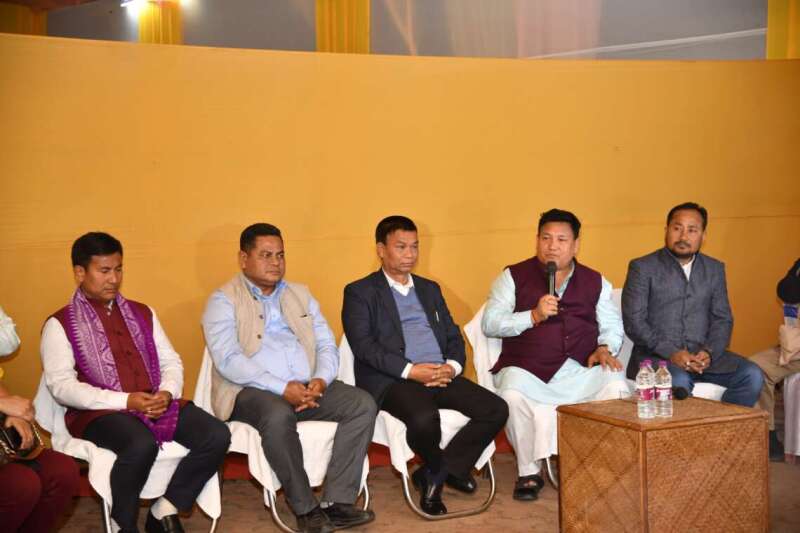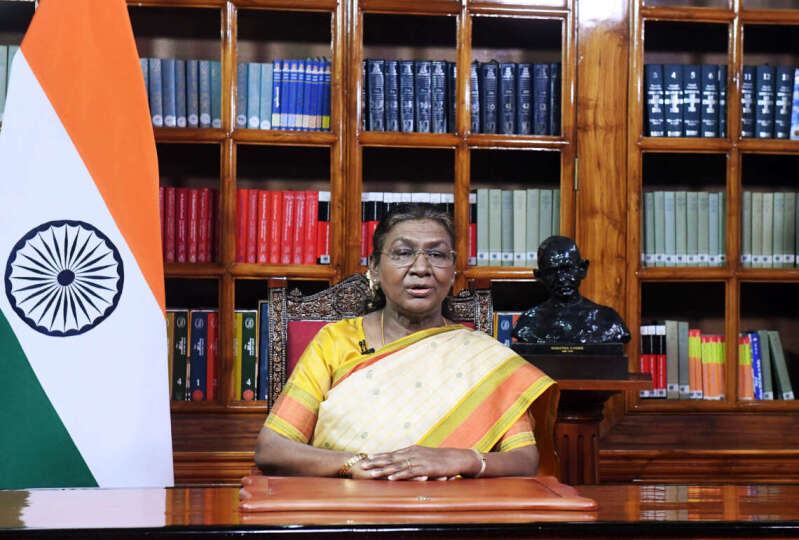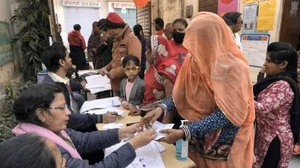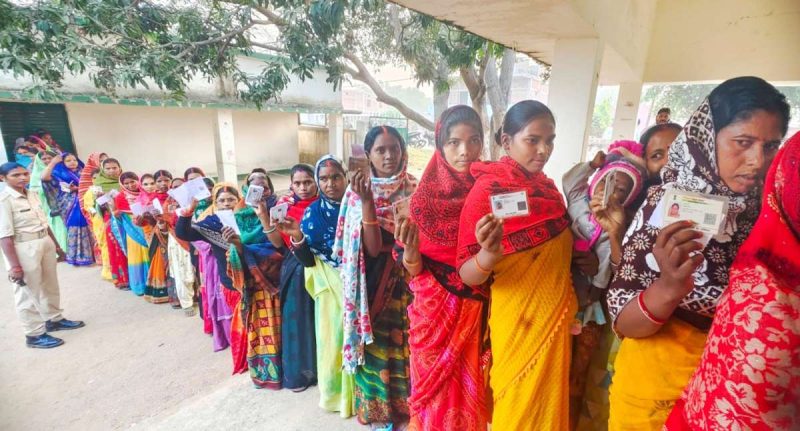The finance minister has challenged Rahul Gandhi to answer questions concerning the Congress promises in its manifesto and the performance of UPA government….reports Asian Lite News
With Congress slamming the economic performance of the BJP-led government, Finance Minister Nirmala Sitharaman has hit back at the party and challenged Rahul Gandhi to answer questions raised by her concerning the promises made by the opposition party in its manifesto and the performance of Congress-led UPA government.
In a series of long posts on X, Sitharaman said the fiscal management of the BJP-led government has been “robust” and capital expenditure increased by five times from FY14 to FY24.
She accused the Congress of misleading the country on fiscal management and “hiding behind lofty promises that are non-transparent and disconnected from reality”.
She also compared the debt ratio during the UPA government and BJP-led government led by Prime Minister Narendra Modi.
“A cross-country comparison reveals that India has fared relatively well and maintains a general government debt ratio below that of FY2003. India had a debt-to-GDP ratio of 81 per cent in 2022. This is significantly lower than economies like Japan (260.1 per cent), Italy (140.5 pc), the USA (121.3 pc), France (111.8 pc), and the UK (101.9 pc) in the same period.”
She said several countries have faced the risk of sovereign default in recent years.
“Number of countries facing high debt levels increased from 22 in 2011 to almost 60 in 2022.”
Raising questions on Congress manifesto promises, Sithraman asked if the party has considered the cost “of the lofty promises made in their manifesto?”
“Have they calculated how much the ‘Khata Khat’ schemes will cost fiscally? Will they borrow substantially…or will they raise taxes to fund them?”
She asked how many welfare schemes would Rahul Gandhi shut down to accommodate the fiscal cost of the ‘Khata Khat’ schemes?
“Would RahulGandhi care to answer these real questions and explain how their gigantic schemes of fiscal splurge would work without increasing taxes or borrowing heavily and running down the economy? Here’s a challenge to him to answer these questions for the people of India,” she said.
“The truth is that our government’s fiscal management is much better than that of the UPA despite facing COVID-19 pandemic in which substantial resources were used for relief efforts,” she added.
The Finance Minister said that during the UPA rule from FY2004 to FY2014, Central Government Debt, including external debt at current values, grew about 3.2 times, from Rs 18.74 lakh crore in March 2004 to Rs 58.59 lakh crore in March 2014.
This increase was much greater than the 2.9 times growth from Rs 58.59 lakh crore in FY 2014 to Rs 172.37 lakh crore in FY 2024 (RE), the minister said, adding that this lower increase between FY 2014 and FY 2024 occurred despite the impact of the COVID-19 pandemic, where the Centre borrowed to provide relief to those in need even as revenues fell.
Sitharaman said that the central government’s debt, which was 52.2 per cent of GDP at the end of FY 2013-14, was reduced to around 48.9 per cent in FY 2018-19 through gradual fiscal consolidation.
“During this period, the fiscal deficit was lowered from 4.5 per cent in FY 2013-14 to 3.4 per cent in FY 2018-19. However, due to the COVID-19 pandemic and proactive government measures to protect lives and livelihoods, the fiscal deficit surged to 9.2 per cent of GDP in FY 2020-21, increasing the central government’s debt to 61.4 per cent of GDP,” she said.
“Post-pandemic, our government pursued a balanced approach to fiscal consolidation while sustaining economic growth. This strategy reduced the fiscal deficit from 9.2 per cent of GDP in FY 2020-21 to 5.8 per cent in the Revised Estimates for FY 2023-24,” she added.
The minister said the Interim Budget projects a further reduction to 5.1 per cent of GDP in FY 2024-25.
“Similarly, the Central Government’s debt-to-GDP ratio fell from 61.4 per cent in FY 2020-21 to 57.1 per cent in FY 2023-24.”
She said under UPA, for six consecutive years between FY 2009 and FY 2014, the ratio of India’s Gross Fiscal Deficit (GFD) to Gross Domestic Product (GDP) was at least 4.5 per cent.
It was between 4.5 per cent – 5 per cent of GDP in 3 out of the 6 years, between 5 per cent – 6 per cent in one, and more than 6 per cent in two years. “And there was no COVID-19-like crisis that needed such a quantum of fiscal expansion, showing poor fiscal management by UPA.”
The BJP leader said that Net Market Borrowings (G-sec) of the Centre had gone up a whopping 4.5 times during the UPA regime.
“It went up by only 2.6 times under our government despite the COVID-19 pandemic. It shows the robust fiscal management of our govt,” she said.
She said during COVID-19, ‘borrow, spend & even print money’ to reboot the economy was the predominant advice given by the so-called “luminaries” of the opposition parties led by Congress. Ironically, the same people are complaining about high debt levels now.
Sitharaman accused the UPA government of “window dressing” to hide its high fiscal deficit without maintaining the integrity of the fiscal numbers.
Fiscal Deficit for 2008-09 would have been 7.9 per cent instead of 6.1 per cent as officially stated, she noted
“The UPA government issued special bonds in lieu of cash subsidies to the Oil Marketing Companies (Oil Bonds), Fertiliser Companies, and FCI to keep the official deficit numbers lower. Over Rs. 1.9 lakh crore was kept off the books in the five years from FY 2006 to FY 2010. Including these off-budget borrowings would have severely increased the fiscal and revenue deficit numbers…
“The UPA government issued oil bonds worth Rs 1.48 lakh crore to control oil prices until 2014, effectively shifting the burden to future generations. Due to these bonds, the Modi government inherited an outstanding debt of Rs 1.34 lakh crore. Between 2014 and 2024, the government repaid Rs 1.43 lakh crore, including Rs 44,650 crore in principal payments and the rest as interest…
“In contrast, our government has prioritized transparency and accountability in its budgeting practices, thereby enhancing the credibility and robustness of its fiscal numbers,” she added.
Sitharaman also accused the UPA regime of policy paralysis.
“Even defence and national security was hampered by policy paralysis. Funds were not even provided for bullet-proof jackets & night vision goggles to the Indian Army. UPA Govt excelled in policy misadventures and scams. CWG, Antrix-Devas, Coal and Telecom spectrum allocation scams caused huge losses to the exchequer. There was unsustainable demand stimulus post-2008, unproductive government borrowings, ill-targeted subsidies and govt schemes were further marred with corruption and leakages,” she said.
“We gave targeted relief to the poor, and 80 crore people got free food grains. Spending on Capex & Infra increased exponentially. Capex as a percentage of total expenditure fell to 16 per cent in 2013-14 from 31 per cent in 2003-04. It has again risen back to 28 per cent in 2023-24,” she added.
Sitharaman said that under the Modi-led government, the budgeted capital expenditure increased by 5 times from FY14 to FY24.
Since 2020-21, Rs. 3.8 lakh crore has been allocated for 50-year interest-free loans for the capex needs of the states.
“Moreover, due to the rigorous implementation of DBT, we have saved Rs. 3.5 lakh crores from leakages and corruption,” she said.
Sitharaman said in a comparative analysis with other Low and Middle-Income Countries (LMICs), India’s external debt scenario is robust.
India’s share of short-term debt in the total external debt is 18.7 per cent.
This is lower than that of other LMICs like China, Thailand, Turkey, Vietnam, South Africa, and Bangladesh, which have higher percentages, she said, adding that a lower proportion of short-term debt is beneficial as it implies less immediate repayment pressure. (ANI)
ALSO READ: How Did Election Volatility Impact Indian Markets?


